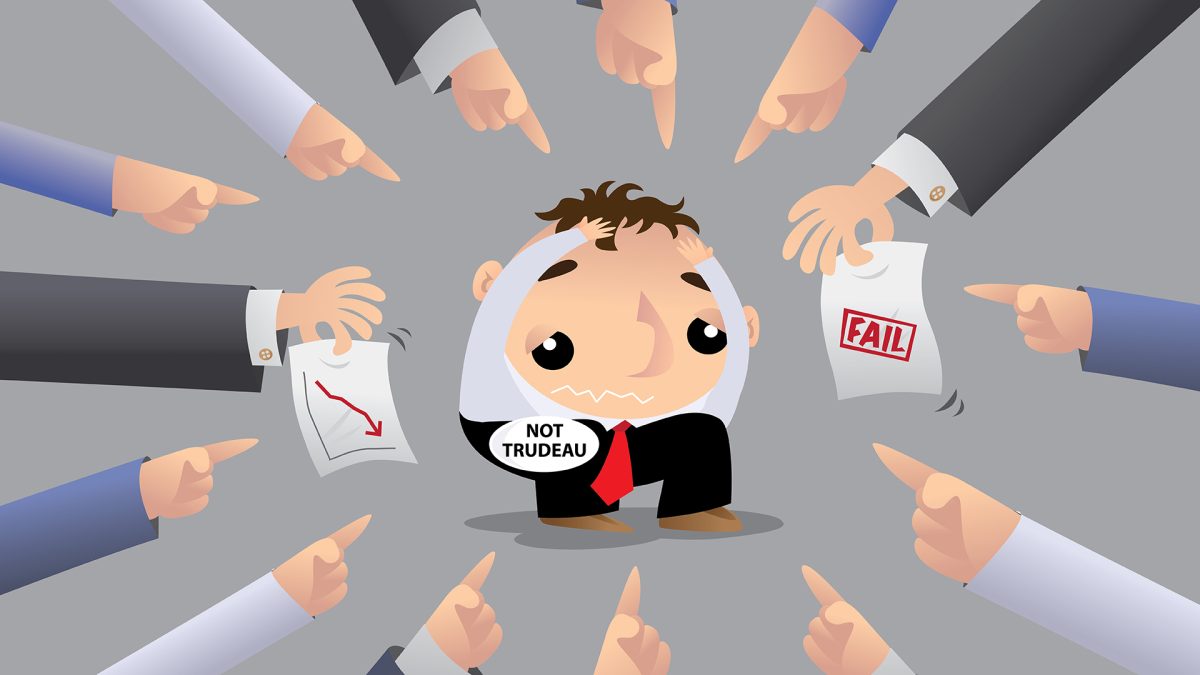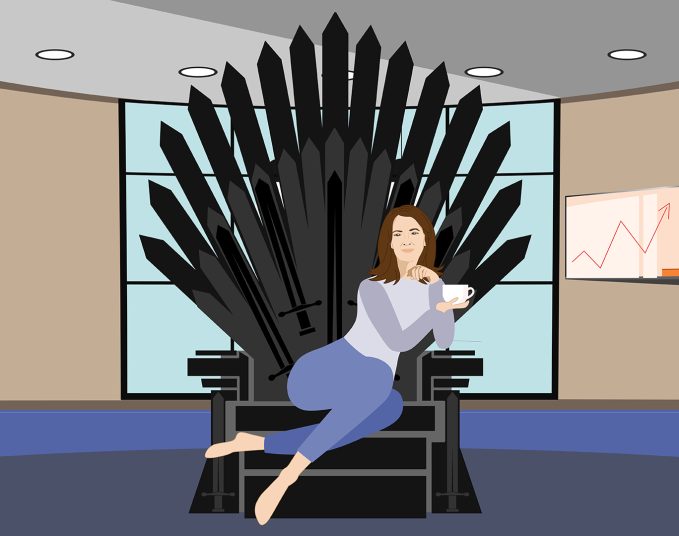I was a very green reporter working for a small-town paper in 1993. I’d just got out of school, and was very much in the learning-the-ropes phase when it came to putting out a paper on a weekly basis.
In the late summer and early autumn of that year, I got to cover, at least from a hyper-local angle, my first federal election campaign. I worked in Morinville, which was part of the St. Albert riding at the time.
It had been a Tory blue riding for the longest time, but things were changing — the Tories had just replaced Brian Mulroney, who had been prime minister for almost a decade. Mulroney resigned when it was clear the Tories had hit rock bottom in the polls. Kim Campbell became the new leader, and her influence came too little, too late. Not only were the Liberals performing well nationally, in the west the Reform Party had taken much of the traditional Conservative support.
I remember speaking to Campbell in 1993 (actually, I have clippings I can look back on) during that campaign. And I remember going to an Edmonton Chamber of Commerce event where she doggedly addressed the region’s business community, but pretty well everyone knew that the prime minister they were watching on the podium wasn’t going to hold onto the job for very long.
Jean Chrétien won the election, and the Reform Party established itself as the new voice of the west. The Tories won just 15.6 per cent of the popular vote, and were reduced to two seats.
Can the Liberal Party look back and learn some lessons from the Tories of 1993? Justin Trudeau has been Prime Minister since 2015, and, like Mulroney, has reached his sell-by date after about a decade. No matter who inherits the party, like Campbell, the electorate will not be kind to them. And, even if the election cycle is extended to the autumn of 2025, it’s still an awfully short window for a party that 338 Canada shows is trailing the Conservatives by a whopping 25 points in the polls.
When Campbell spoke on the campaign trail, she went hard on justice reform.
“Before we ask Canadians to respect our system of justice, we should ask whether our system of justice respects them,” she said. She spoke of reforming what was then known as the Young Offenders Act. She talked about the need to have more women pass the bar and in the justice system as a whole. She spoke of her worries about the pop-culture messaging Canadian youths were receiving from television.
“Canadian parents are preoccupied with instilling good values and healthy attitudes in their children,” she said way back when. “But they feel tremendous frustration and a loss of control when their environment at home is invaded constantly by images and values that are foreign to them.”
When Campbell blasted into the Edmonton region on the campaign trail, she went heavy on what we’d think of traditional conservative values. Law and order. Justice reform. Family.
It didn’t work — Reform had already taken that platform and run away with it.
And maybe that’s a lesson for the next Liberal leader. Campbell made the mistake of falling back on what she saw as traditional Tory-blue values. The next Liberal leader can’t make the mistake of simply trying to re-sell what came before. Campbell was also a cabinet minister in Mulroney’s inner circle.
I think back to something former Liberal leader Michael Ignatieff said to me about the party’s fallings to expand its base. This comment came a couple of years before Trudeau took power, but it still holds true today.
“The political centre of the country is moving west,” he said. “My party has got to wake up to that.”
So, the next Liberal leader needs not to simply be the same brand with a different face, but use the very short time (s)he or they have to totally remake what the party is about. Sure, it’s a near impossible task, but the way the Liberal Party’s fortunes are going, it’s not out of the question to see a ruling party absolutely routed in an election like we last saw in 1993.
Savvy AF. Blunt AF. Edmonton AF.




